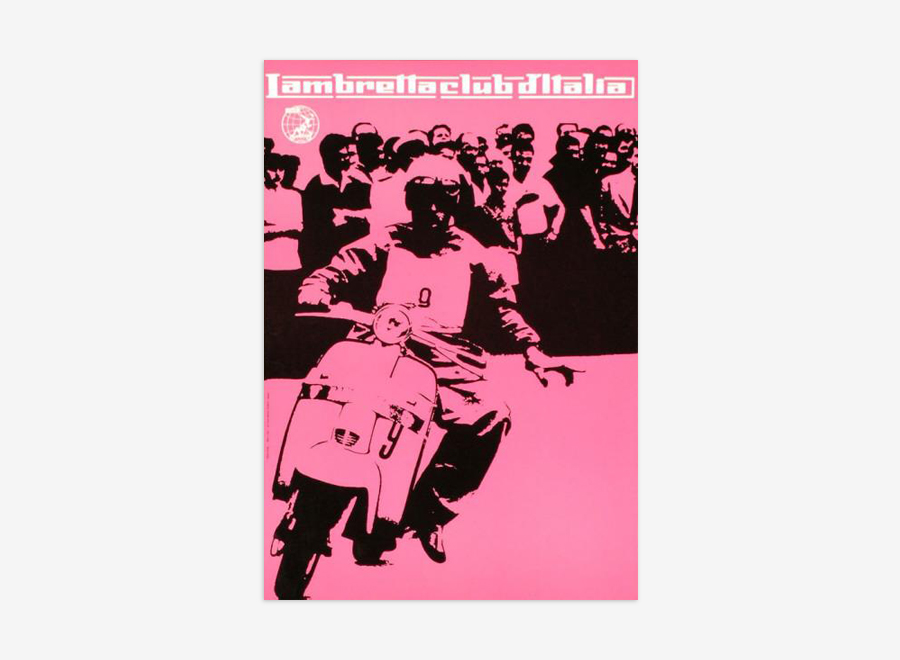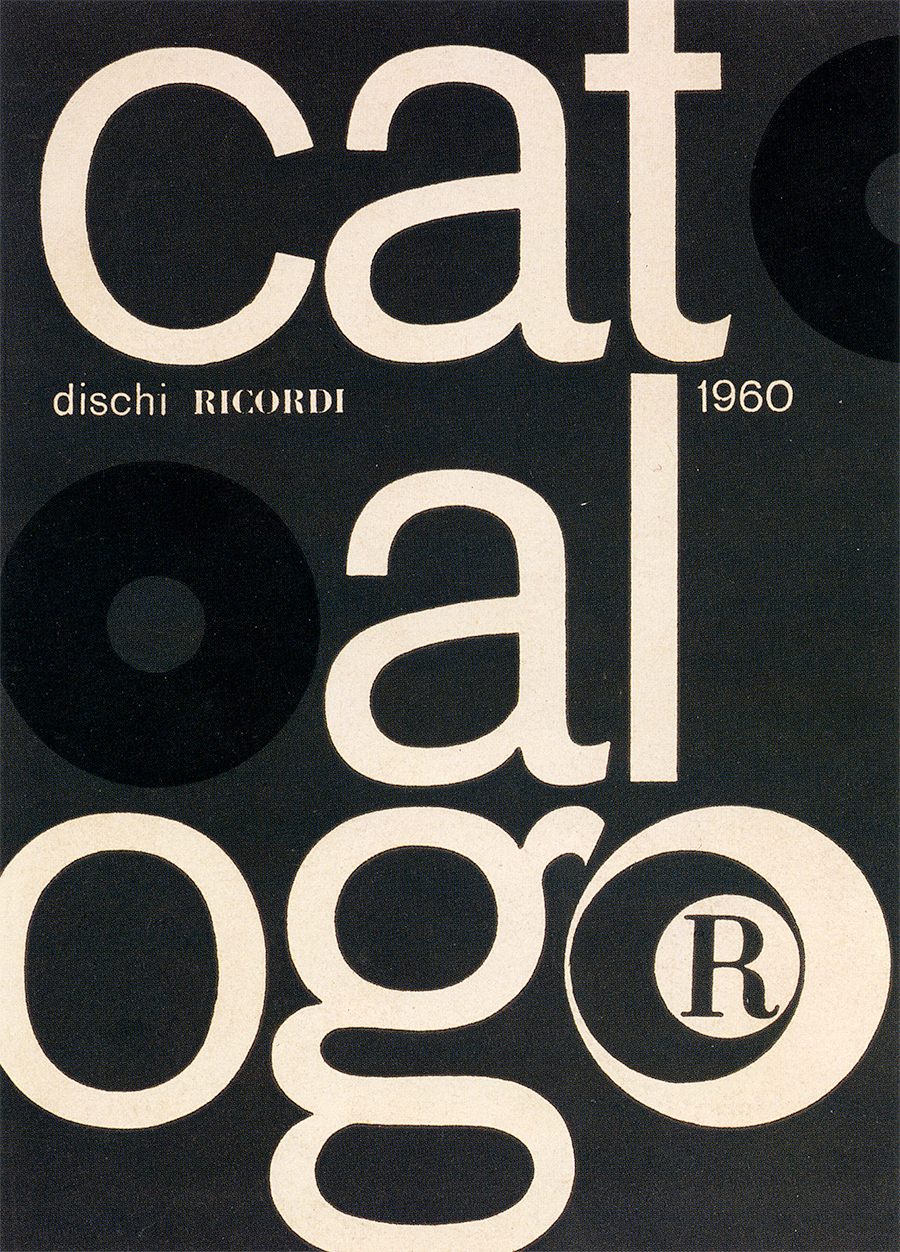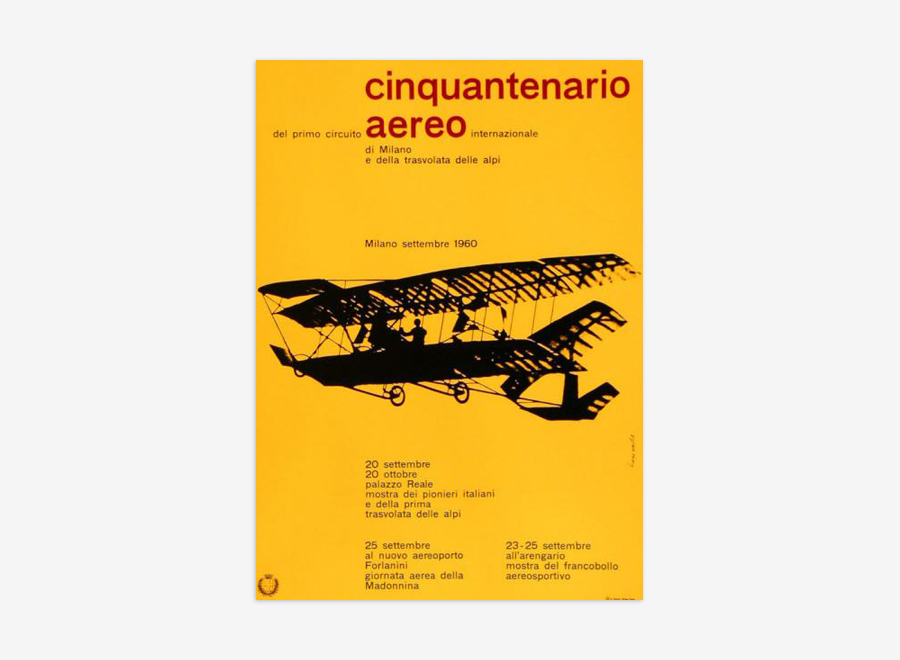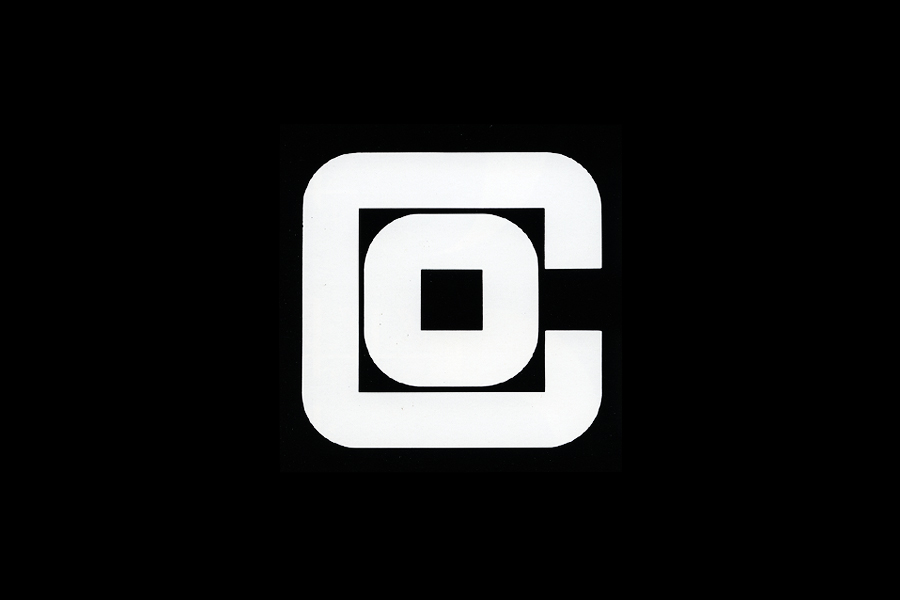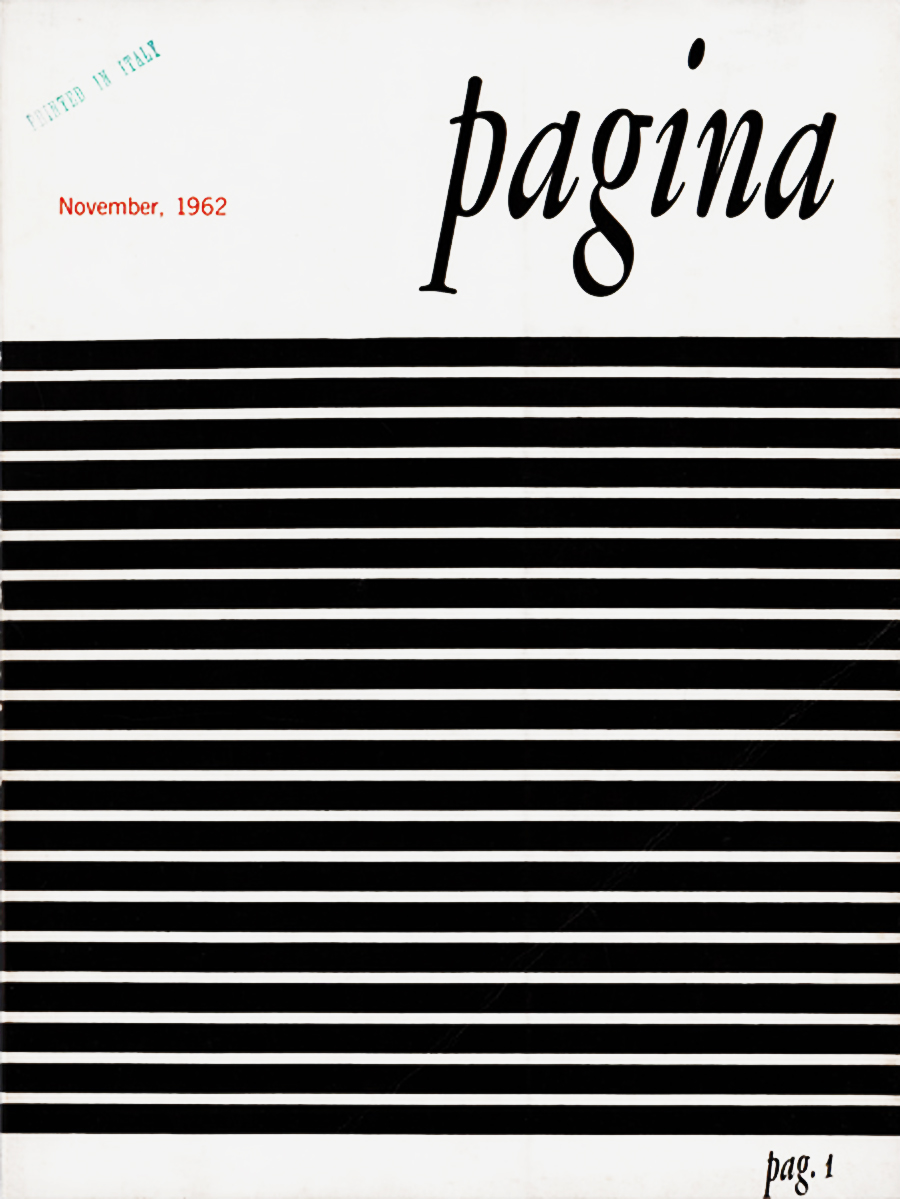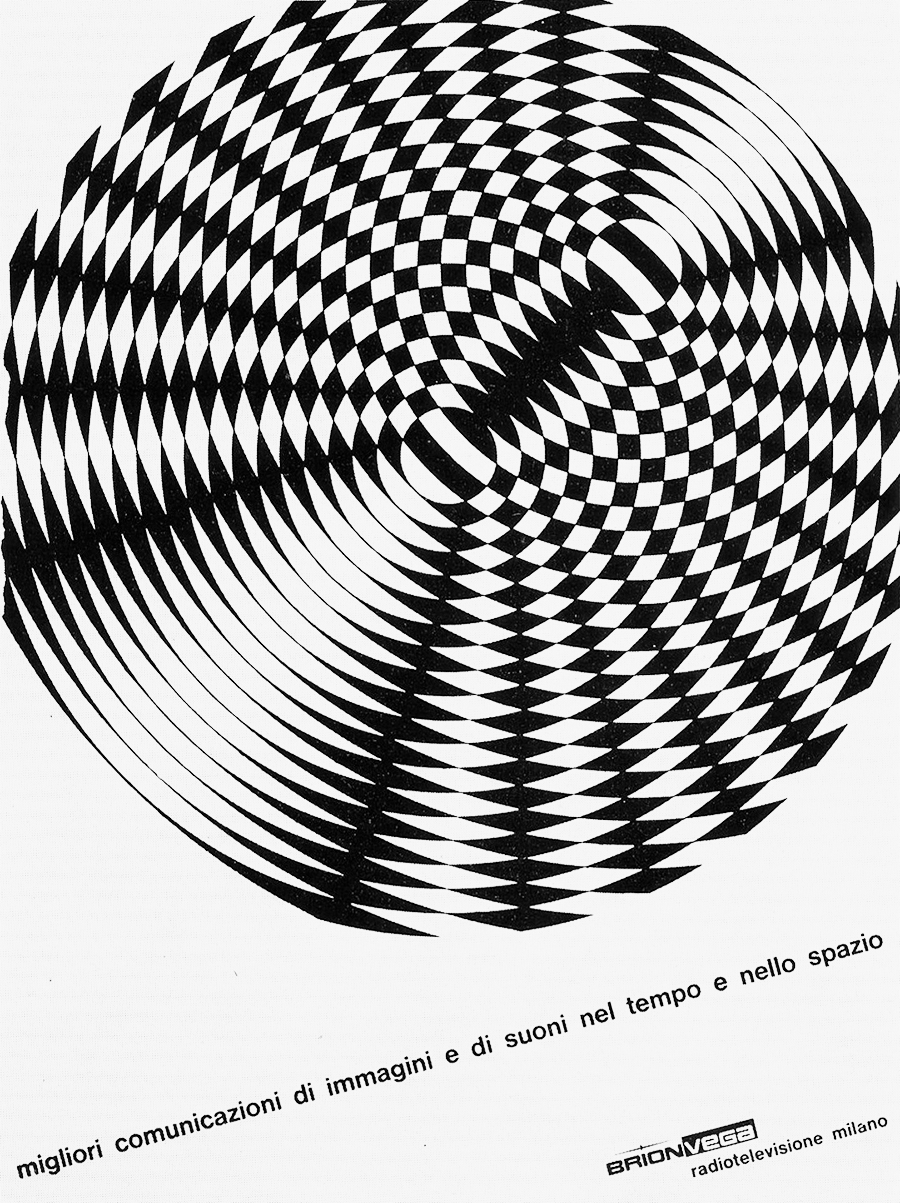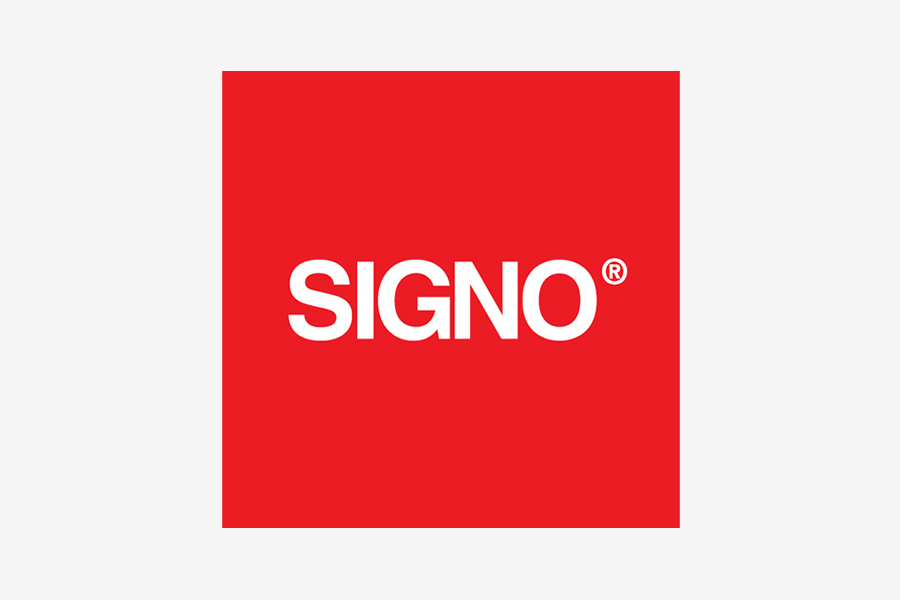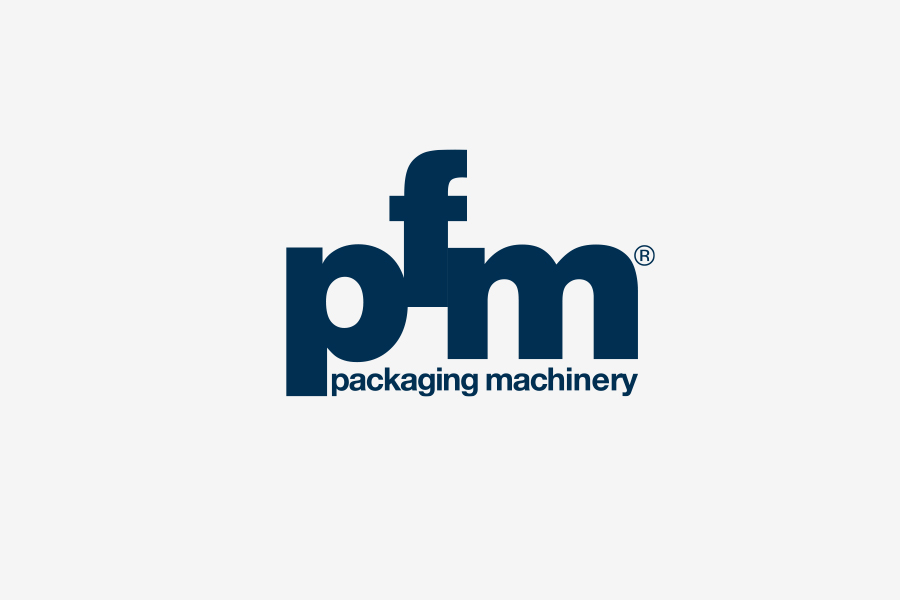Heinz Waibl was one of the best Italian graphic designers.
From 1946 to 1950 he was a deskmate of
Massimo Vignelli at the Arts High School in Milan. They were close friends and enrolled together at the Politecnico University the following year.
While still a student, he started to frequent many of the best architects and designers working in Italy at that time. At only 19 years old, he did his first work in graphic design assisting the famous historian Siegfried Giedion on the layout of the Italian edition of “Space, Time and Architecture” (Hoepli, 1950), a pioneering book about Modern architecture.
In 1953 he withdrew from the Politecnico for a full-time work at Max Huber’s studio with Ezio Bonini and Piero Ottinetti. From 1954 to 1961 he collaborated with
Achille and
Pier Giacomo Castiglioni on numerous exhibition graphics for Montecatini and RAI (Italian Radio Television).
In 1957 he started to work as a freelance graphic designer focusing on corporate graphics and advertising for major companies such as Brionvega, Edison, Gavina, Olivetti, Pirelli, Ricordi, and La Rinascente. In 1960 he opened his own studio but continued to collaborate with Max Huber and Studio Castiglioni. In 1962 he designed the graphics of the 12th Triennale exhibition.
In 1967 he left Italy and moved to Chicago to work with
Massimo Vignelli at Unimark International, one of the world best design firms. He designed marks and logotypes for American Airlines, JCPenney, Levy’s, Transunion Corporation, and others. In 1970 he worked for one year at Unimark’s office in Johannesburg and then returned to Italy.
In 1972 he designed the graphics of the 15th Triennale exhibition. Two years later he co-founded Studio Signo in Milan with Laura Micheletto. (Studio Signo was formerly owned by Gino Sironi.) It soon became one of Italy best-known design firms, working for ADI (Industrial Design Association), Max Meyer, Nava, Regione Emilia-Romagna, Venini, and others. In 1985 Giulio Cittato—who also worked at Unimark in Chicago—joined the studio and they opened a new office in Venice, but only one year later Cittato died.
During the 1980s, he collaborated with
Achille Castiglioni on numerous exhibitions for BTicino and Intel, and focused on corporate identity for prominent companies and public institutions. In 1992 the Studio moved to Schio, near Vicenza, where Waibl continued to work until 2002.
From 1959 to 1963 he taught at the Umanitaria School in Milan, first as Max Huber’s assistant and then as professor. From 1971 to 2004 he taught at the SPD (Scuola Politecnica di Design).
Member of AGI (Alliance Graphique Internationale) since 1974, he was president of the Italian section from 1994 to 2003. Member of the steering committee of ADI (Industrial Design Association) from 1989 to 1991. He was awarded a Compasso d’Oro in 1956. His work has been exhibited in Italy, Switzerland, the U.S.A. and in 2016 he will have a solo exhibition in Canada.
He published three beautiful books: “Graphic Design in Advertising” (Görlich, 1962), “At the roots of the Italian visual communication” (Centro di Cultura Grafica, 1988), and “Progettando 1950-1990” (Edinvest, 1991). Recently, a rich catalog about his work has been published with the title “The Creative Journey” (Silvana, 2014).
Enjoy your reading,
 TO THE TOP ↑
TO THE TOP ↑
What did you want to do when you were growing up?
The forest ranger.
What was your favorite subject at school?
Drawing. I was fascinated by history of art.
What was your educational path?
I got acquainted with numerous masters of graphic design, in particular Max Huber. I was his student and assistant for ten years.
When and how did you start your career?
Working with
Pier Giacomo and
Achille Castiglioni for their famous exhibitions for RAI Pavilion (Italian Radio Television), Milan Fair, etc.
How has your design evolved since that time?
It is still in the process of formation and evolution.
What is the project you remember with more pleasure and interest?
The logotype of Pagina magazine.
What would you like to design today?
A digital typeface.
A designer you admire.
Paul Rand.
A piece of architecture.
The Parthenon.
A piece of design.
Barcelona Chair by
Mies van der Rohe.
A typeface.
Akzidenz Grotesk and Bodoni.
Without considering technology, what are the differences between the design from the past and the current one?
We live in a different world. There is a new way of understanding and updating the potential of the market.
Has the way people perceive design changed?
Of course, especially for the teenagers who—in case they can’t afford buying their objects of desire—can design them!
Which was your favourite game?
Tria (Mill Game).
Thank you very much.
Thank you.
© 2013-16 Heinz Waibl, Nicola-Matteo Munari. All rights reserved.
TO THE TOP ↑

Archivio Grafica Italiana is the first digital resource to the Italian graphic design heritage. Founded by Nicola Munari in 2015.

Design consultancy based in Piacenza, Italy. Founded by Nicola Munari in 2015, it operates in the whole field of design.
TO THE TOP ↑




